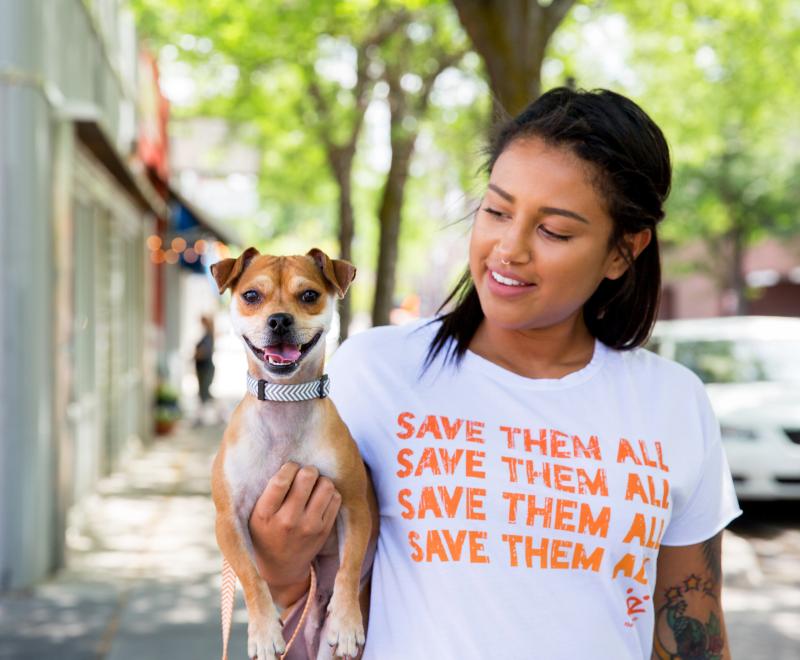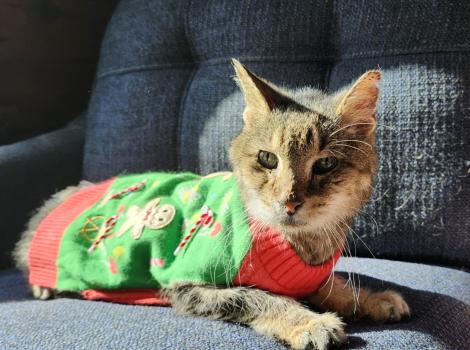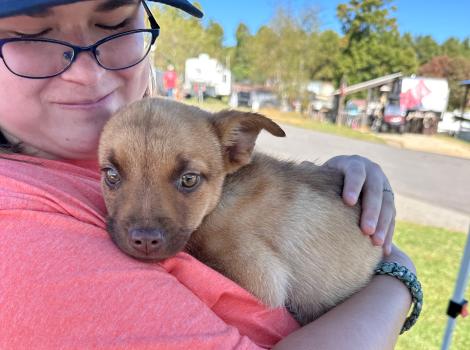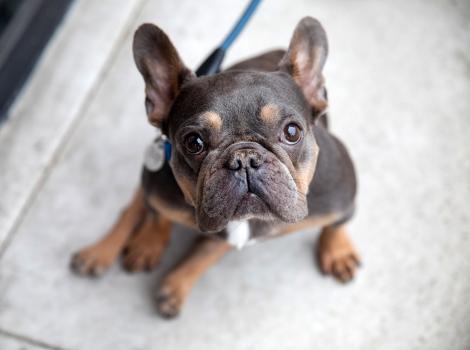Supporting California animal shelters to reach no-kill
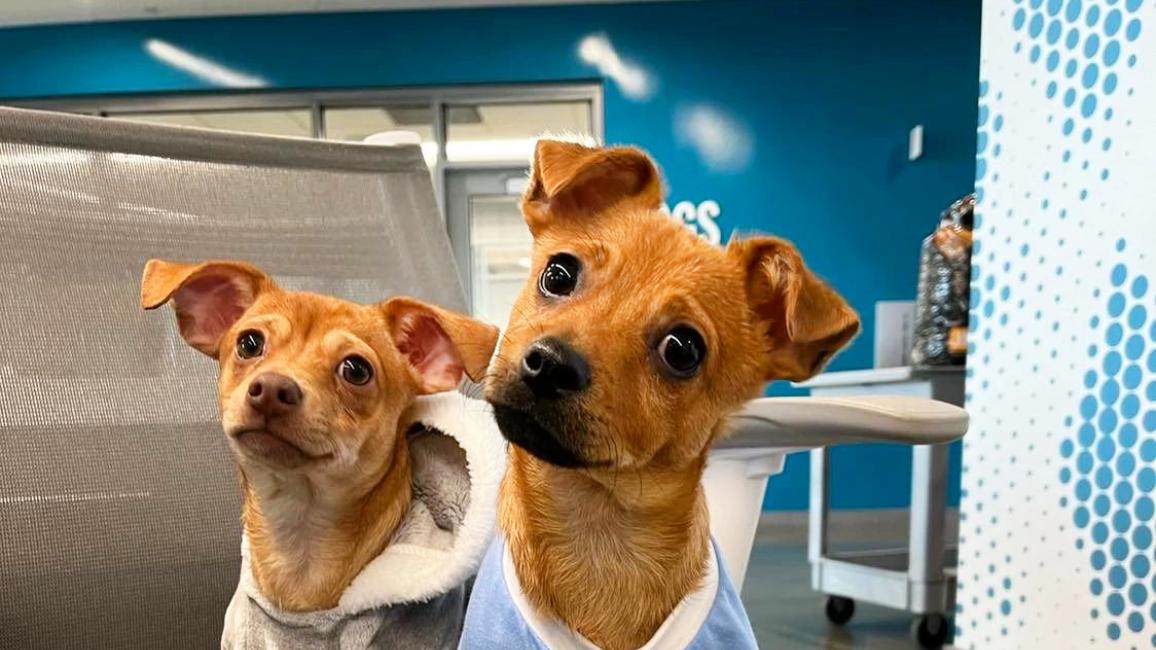
For people who work or volunteer in animal welfare, playing any role in a happy outcome can buoy the spirit and make even the toughest days more manageable. For staff at two central California organizations, a seriously injured 3-month-old puppy named Summer delivered just such a happy outcome. Summer landed at Manteca Animal Shelter (MAS) after she broke her leg and her person couldn’t afford surgery. MAS has limited veterinary resources, but it has built strong relationships with organizations with more resources to help animals like Summer.
“Years ago, sick or injured animals didn’t leave MAS alive,” says Stephanie Sandoval, who has been an animal services officer at Manteca Police Department since 2016. “Now we have lots of partners ready and willing to help.”
One such partner is CalPaws K9 Rescue, which happily took Summer after MAS contacted them. Though she ended up needing to have her leg amputated, the otherwise healthy pup is bouncing back quickly and will be up for adoption soon.
[Working together for pets at California shelter]
Collaborations like this have taken MAS far from the days when the majority of animals did not have happy outcomes. Though data is scant up until the past few years, Stephanie says the save rate went from “very low” up to 69% in 2022. But 69% wasn’t good enough for the municipal shelter, not when its goal was to reach and sustain the no-kill benchmark save rate of 90%. By adding two additional partners to the mix — Best Friends Animal Society and County of Santa Clara Animal Services (CSCAS) — MAS didn’t simply hit its 90% save rate goal; it has also maintained it over the first four months of 2023.
“Working with MAS has been awesome,” says Lorance Gomez, CSCAS’ animal center operations manager. “They were ready for change and have embraced it. We're proud of them and honored to be their partner.”
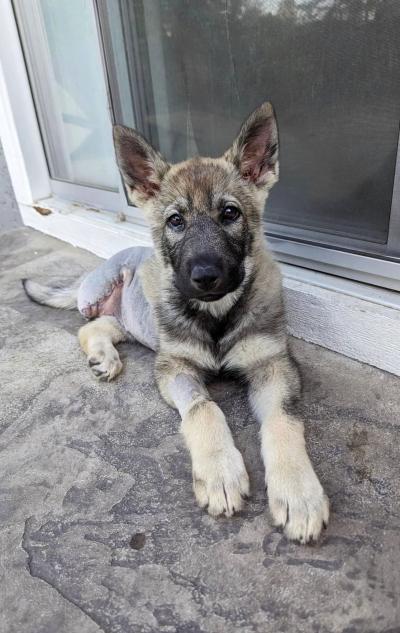
Manteca community benefits from wave of new programs
MAS became a fellow in Best Friends’ Prince and Paws Shelter Collaborative Program late last year and was paired with mentor shelter CSCAS, which has saved 90% or more of its animals since 2020. The program, named after the beloved adopted pets of its lead investor and visionary partner, makes strategic matches between no-kill shelters and shelters that aren’t yet no-kill. In this case, the selected shelters are a prime example of how working together can exponentially — and quickly — lead to more lives saved. It’s a key way that Best Friends is supporting shelters to reach no-kill by 2025.
MAS and CSCAS had already worked together to transport pets to areas where their adoption chances were greater. But the work they’ve embraced since being paired in the shelter collaborative program concentrates on making significant change within their four walls and for the residents of Manteca. Among the projects that have been added are increased dog behavior and enrichment work, a kitten foster program, and a trap-neuter-vaccinate-return (TNVR) program for cats who live in the community.
Best Friends is also playing a key role in the collaboration. So far, staff has been assisting MAS in tracking and analyzing data, navigating the red tape that comes with being a municipal agency, and troubleshooting challenges. One of the biggest challenges for the shelter is finding homes for its many large dogs. MAS is doing more adoption events to find homes for bigger canines, and it has enlisted the public in a very personal way to increase the dogs’ visibility.
[6 big dog stereotypes busted]
“Our new Dogs Day Out program has been extremely successful, both in terms of giving dogs a chance to practice good social skills and in exposing them to possible adopters,” says Stephanie. “We describe it as a library and invite people to come check a dog out for a day or weekend. Many people love it so much they say they can’t bring the dog back. Some will adopt the dog themselves while others will put in the work to find them a home.”
MAS was also able to arrange for $25 surgeries at the Spay Neuter Imperative Project’s (SNIP) mobile spay and neuter clinic.
“Veterinary prices in the area are higher than many can afford,” Stephanie says. “That includes the shelter. We pay $325 to have a 65-pound dog spayed. With SNIP, some residents have been able to get spays or neuters done for a price they can afford. We hope to be able to do more soon because this is a great way for people in Manteca to be able to care for their animals.”
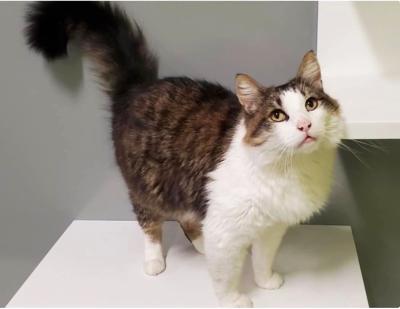
Committing to transparency delivers dividends
Both CSCAS and Best Friends have stressed how important transparency is to every measure of success at MAS. That includes using social media to let the public know which animals need help beyond what the shelter can provide.
“(Backlash is) often spurred because shelters don’t address issues publicly,” says David Owens, Best Friends national senior strategist for the shelter collaborative program. “The staff at MAS has realized that being candid is a much better tactic for rallying the community.”
[Helping small animal shelters has a big impact]
“They were ready for change but didn't know where to start,” says Lisa Jenkins, program manager at CSCAS. “Being able to share our stories and our struggles — and believe me, we’ve had many of the same challenges over the years — really helped progress their lifesaving rapidly. It’s been amazing to see them try something even though they are afraid of the fallout, then have a sense of relief when they realize the response was not nearly as bad as they feared.”
MAS staff have been taking the lead on new programs and practices, as well.
“They’re saying, ‘OK, if this is what we need to do, let’s figure out how to get it done,’ and it’s encouraging to see that,” Lorance says. “You know things are clicking when you see them thinking of new ideas.”
“It’s reassuring to know the work we are doing together is allowing them to see the big picture,” Lisa says. “Maybe it’s because we know them better now, but everyone at Manteca seems different to me. They seem so much lighter.”



